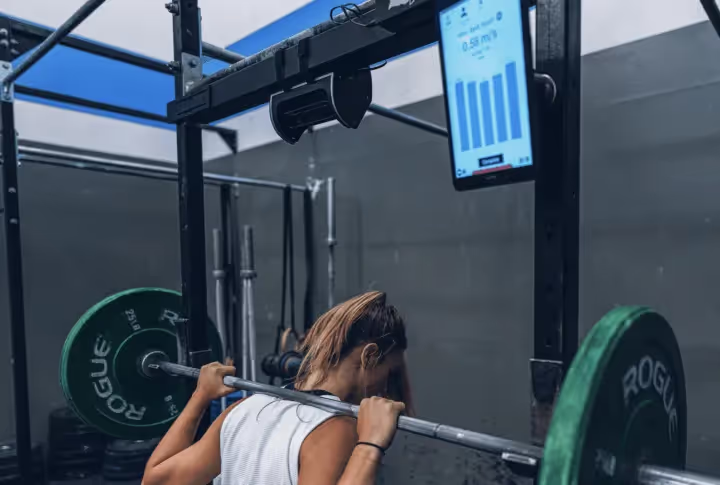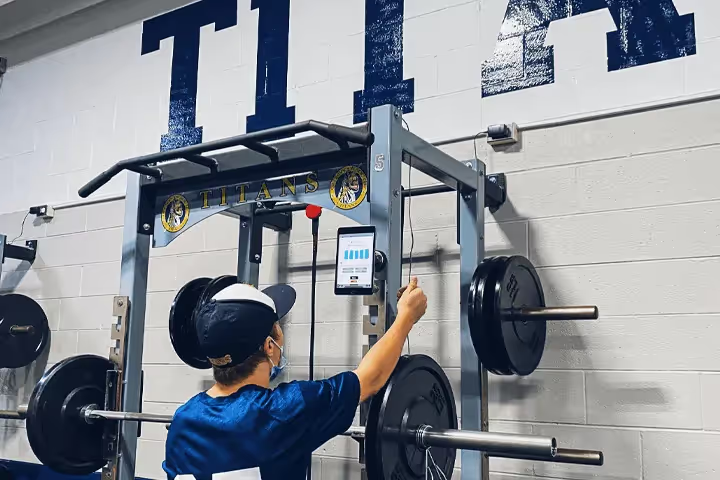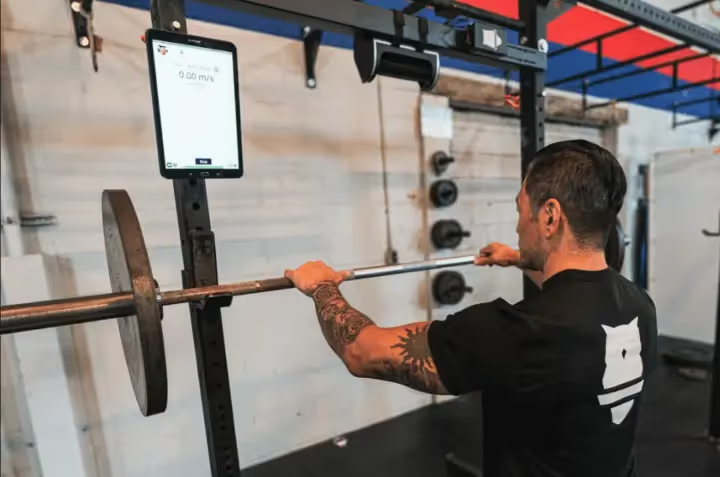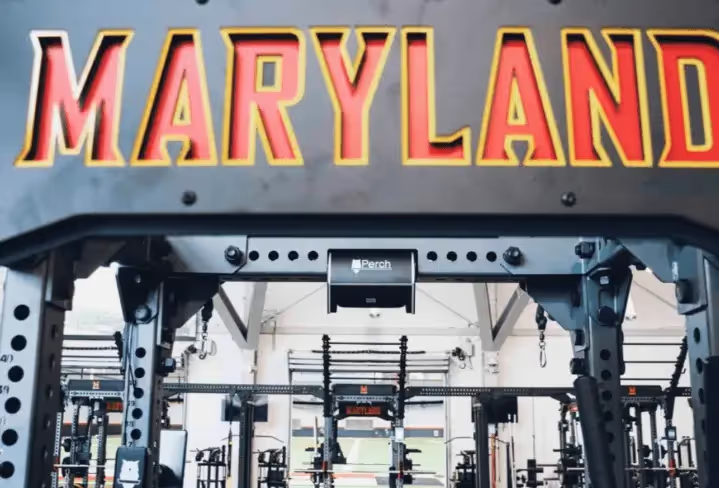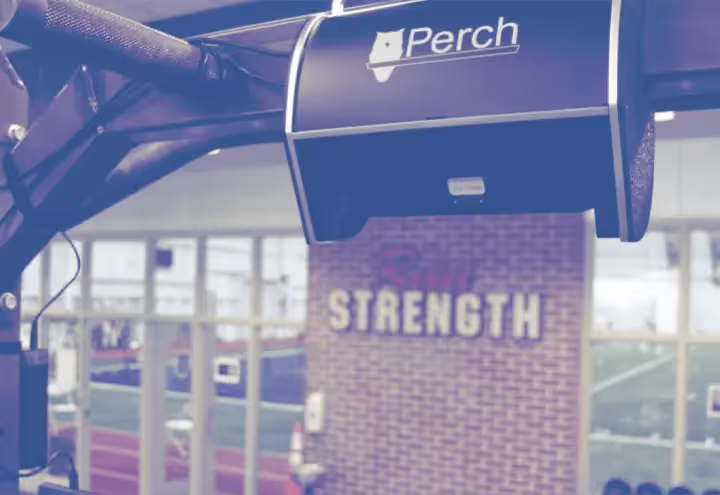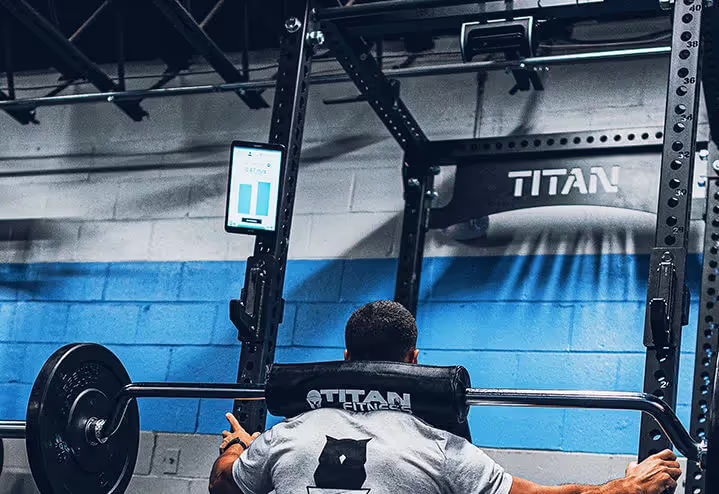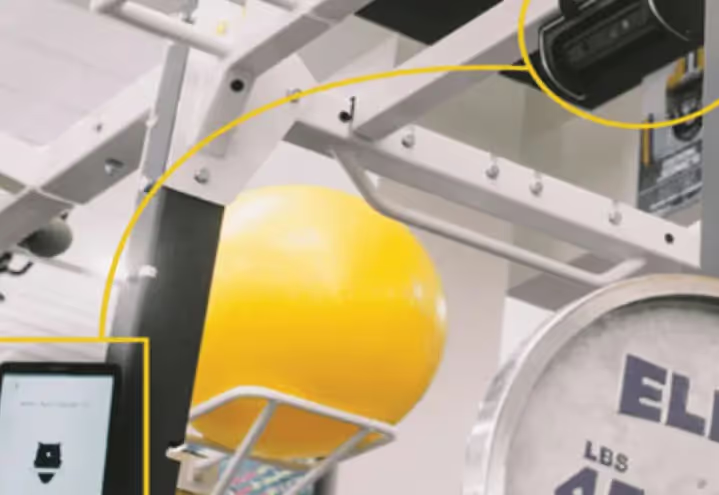Velocity Based Training for Athletic Trainers

Velocity Based Training for Athletic Trainers
Better Outcomes Through Technology
Velocity Based Training (VBT) is quickly becoming the “Go To”technology for top strength and conditioning coaches. Perch is leading the way with its powerful 3D cameras and software that allows coaches to evaluate train and plan within the same seamless system. These strategies can be utilized by athletic trainers to create powerful rehab and return to play protocols. By working hand in hand with the strength coaches, AT’s (athletic trainers) can tap into the powerful analytics of Perch to aid their programs. Collaboration and sharing data between strength coaches and athletic trainers increases the value for having a VBT system. This article will outline some basic ways that athletic trainers can use Perch to improve athlete outcomes.
Readiness
The use of the counter movement jump (CMJ) in the Perch Evaluate tool is a great way to access athlete is readiness on any given day.Using a 2-jump protocol you will get a color-coded indicator for readiness. You will see some suggested guidelines based on the color. This only works if the athlete can jump without risking injury and they use maximal intent.
Green= 1 standard deviation above average (may be able to progress load and /or intensity)
Orange= 1 standard deviation below average (train as planned or back off slightly)
Red= 2 standard deviations below average (easy or rest day)
Blank= Within standard deviation (train as planned)
Readiness can be a valuable tool in return to play (RTP) since the athlete may be attending practice/ training in addition to working with the AT staff. Knowing when to push and when to pull back will speed up the training process and lower the risk of further injury
Baseline Data
The daily use of Perch allows for simple and complete data collection that can be of great value to the training staff if an athlete gets injured. Having a baseline for an athlete’s estimated 1rm , power output and velocities on key exercises allows the medical staff to set real time goals for rehab and RTP. By knowing where that athlete was when they got injured, goals and timeless can be set to return to those levels as soon as possible.
Regaining strength is important in the rehab and RTP process, but being able to express power at velocities specific to the sport will tell you if the athlete is ready to return to the practice field/ court. Power endurance is also critical. The ability to maintain repeated high-velocity movements is essential in RTP. If power drops off quickly due to fatigue, the athlete maybe at higher risk of injury by returning to activity too soon. Strength, power and resiliency can be built under controlled conditions with data in the weight room. This will be discussed further in the training load section.
Right/ Left Balance
One of the best features of Perch is its ability to differentiate between right and left arms or legs when doing unilateral exercises. Creating or maintaining muscle balance and power output is essential in both rehab and RTP.This feature can be set up for many exercises and each rep can be seen in realtime and can be analyzed in the Perch software post workout. This eliminates guesswork and allows ATs to progress or regress exercises each set as needed.
Load Management
The ability to control athlete training loads on a dailybasis is critical to continuous progress. By using specific velocities based on the training outcome, trainers can maximize the training stress without overtraining the athlete or risking injury.
Here are a few examples.
1. Adjusting load- If the initial set is above or below the desired velocity range, which correlates with percentage of 1RM. Weight scan be adjusted between sets as needed to adjust for fatigue. This avoids the risk of doing 1RM testing. 1RM can vary by as much as 15% up or down on a given day.
2. % Drop Off- This allows the trainer to set the %drop off based on either the first rep or best rep. This is usually set between2-5%. If the athlete’s velocity drops below the specified range, the set it terminated. This makes velocity constant, and the reps variable, increasing the quality of the exercises.
3. Static load- This is a concept where the weight remains constant, typically 3-5 weeks, with the goal of increasing the velocity overtime. This helps develop power and RFD (rate of force development).
Conclusion
Including VBT into your athletic training program creates a collaborative relationship between the strength and athletic training staff’s. By including readiness, baseline data, right/ left balance and load management into already established protocols positive impacts and outcomes will result for the athletes we serve.
As Velocity Based Training continues to gain traction we will continue to develop and share innovative training protocols and best practices to create resilient and powerful athletes.
{{contact-us-option-1}}

Start Gathering Data With Perch Today!
Reach out to us to speak with a representative and get started using Perch in your facility.

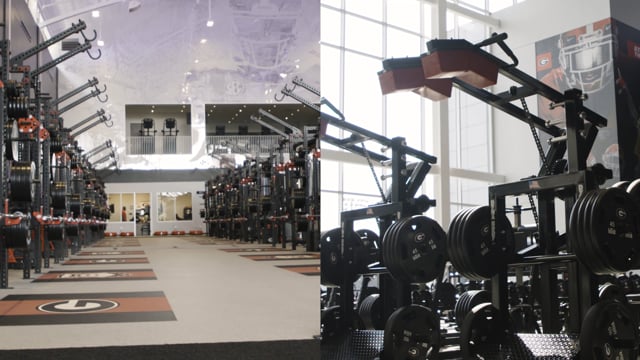
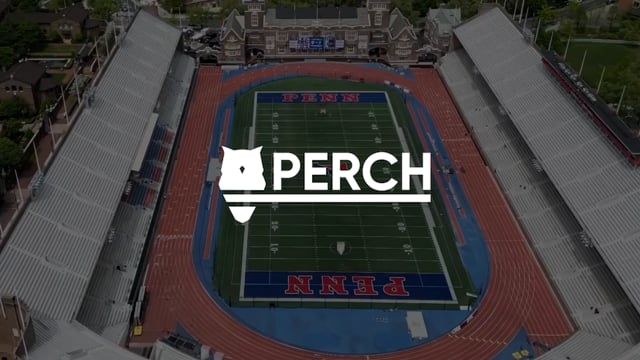

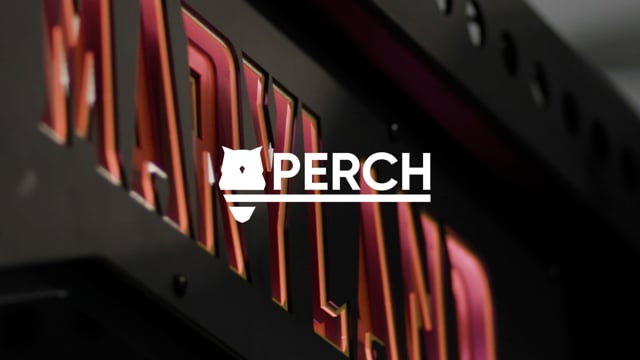

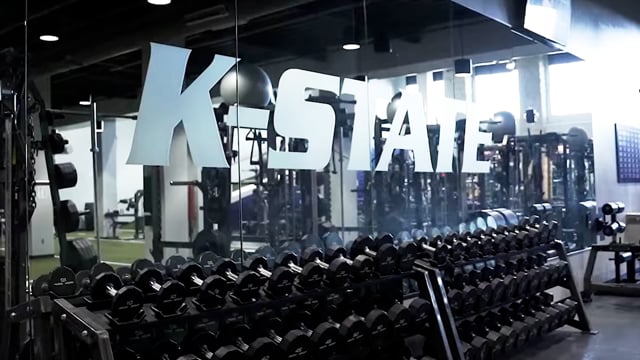


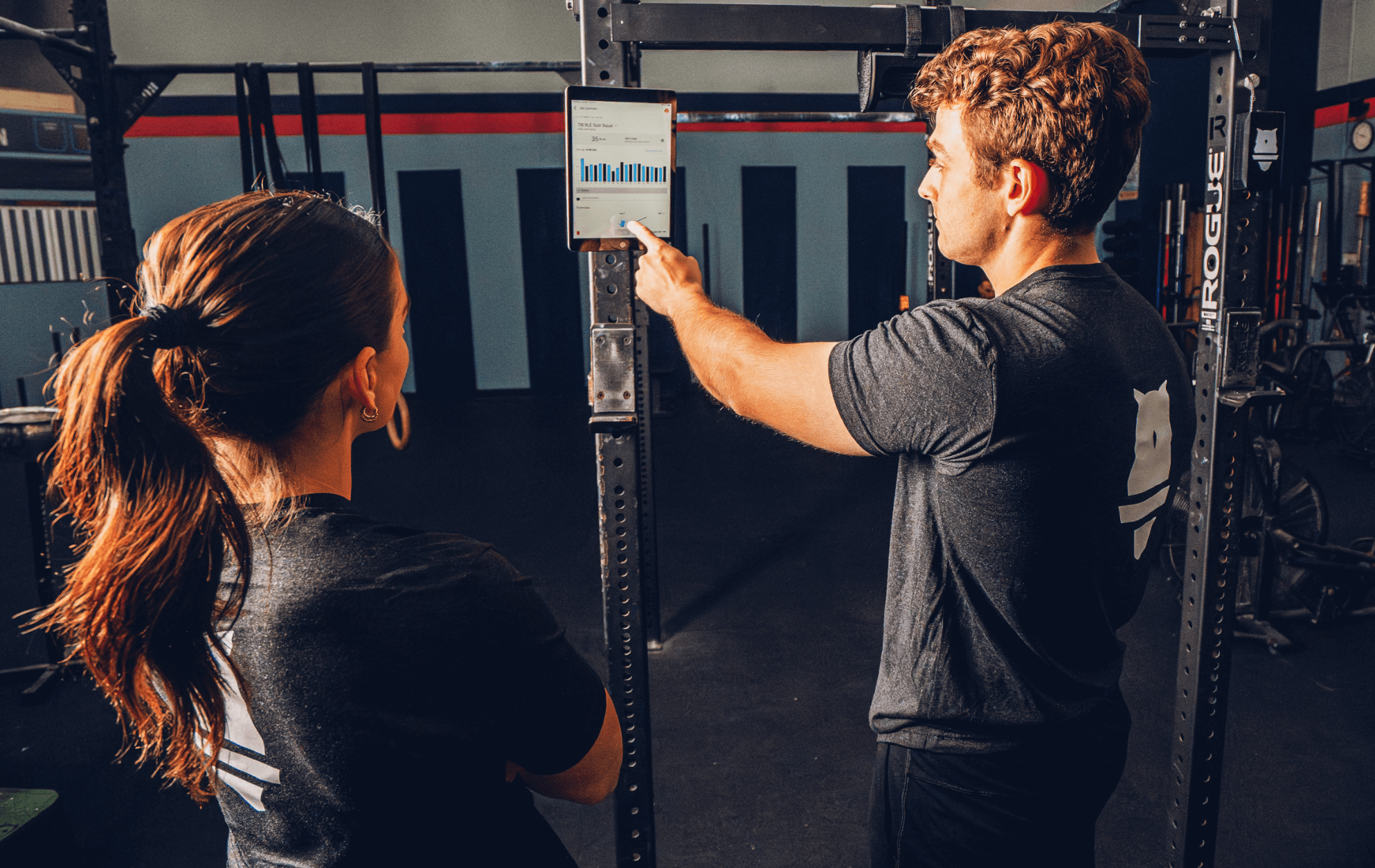
























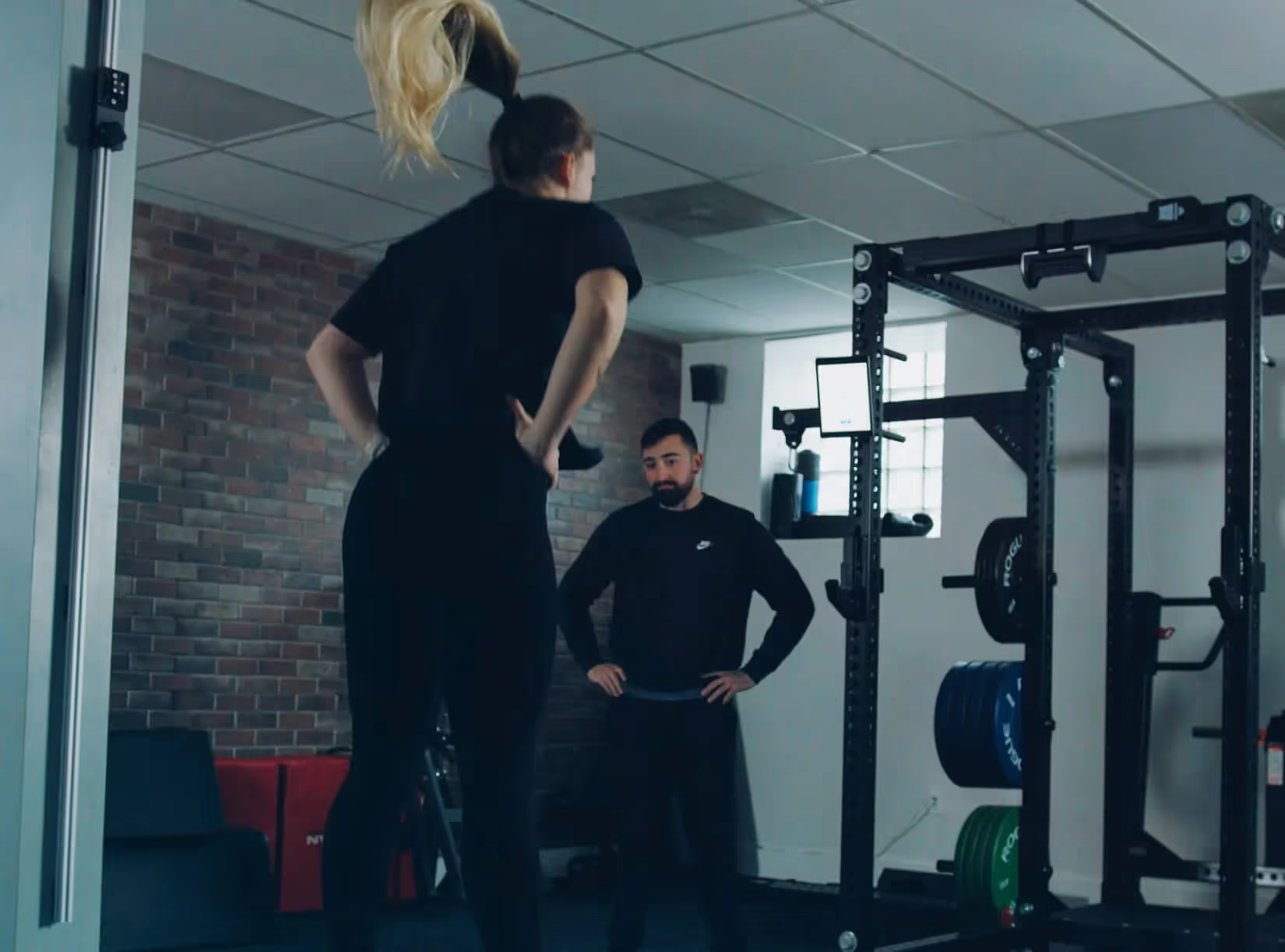






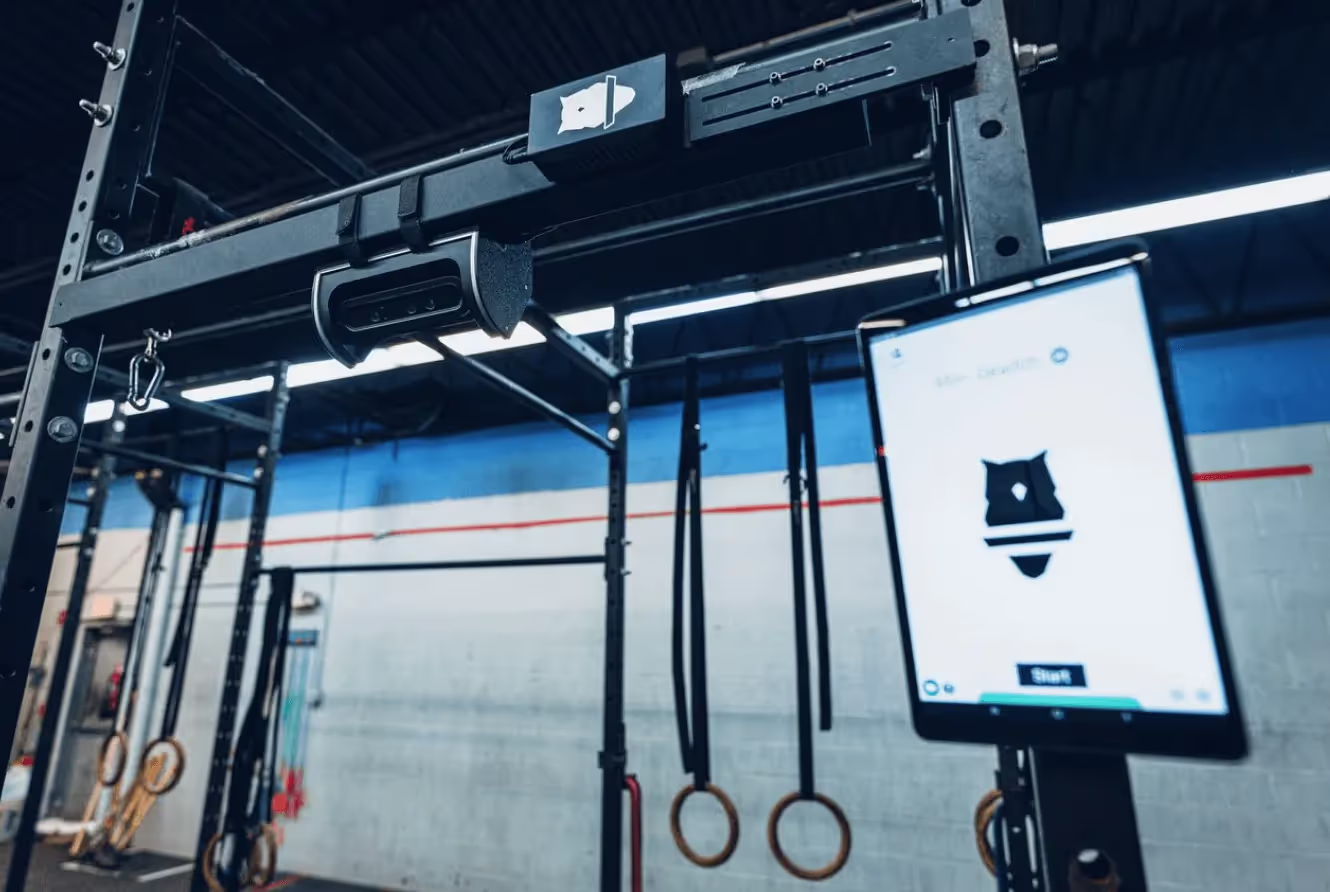
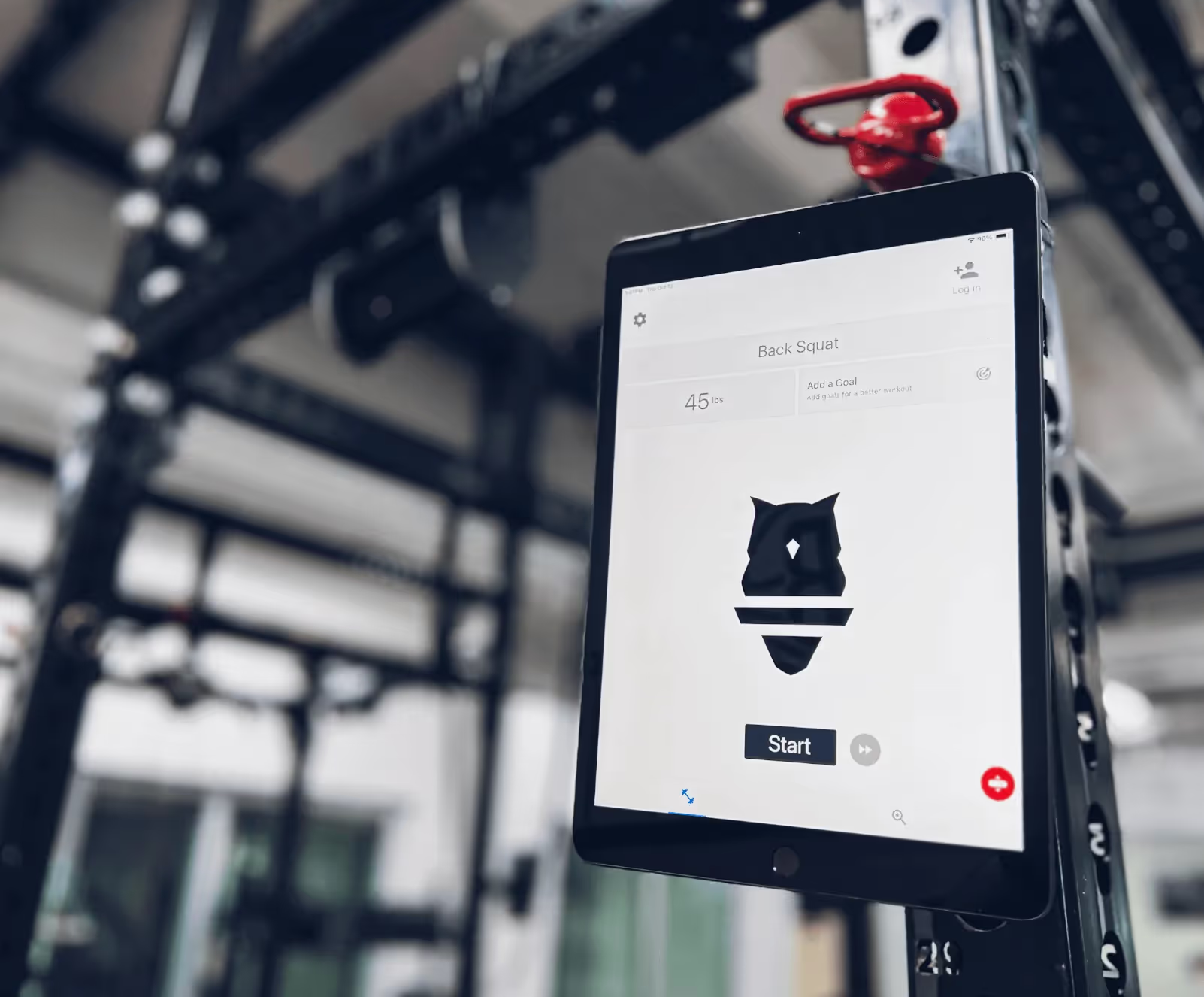



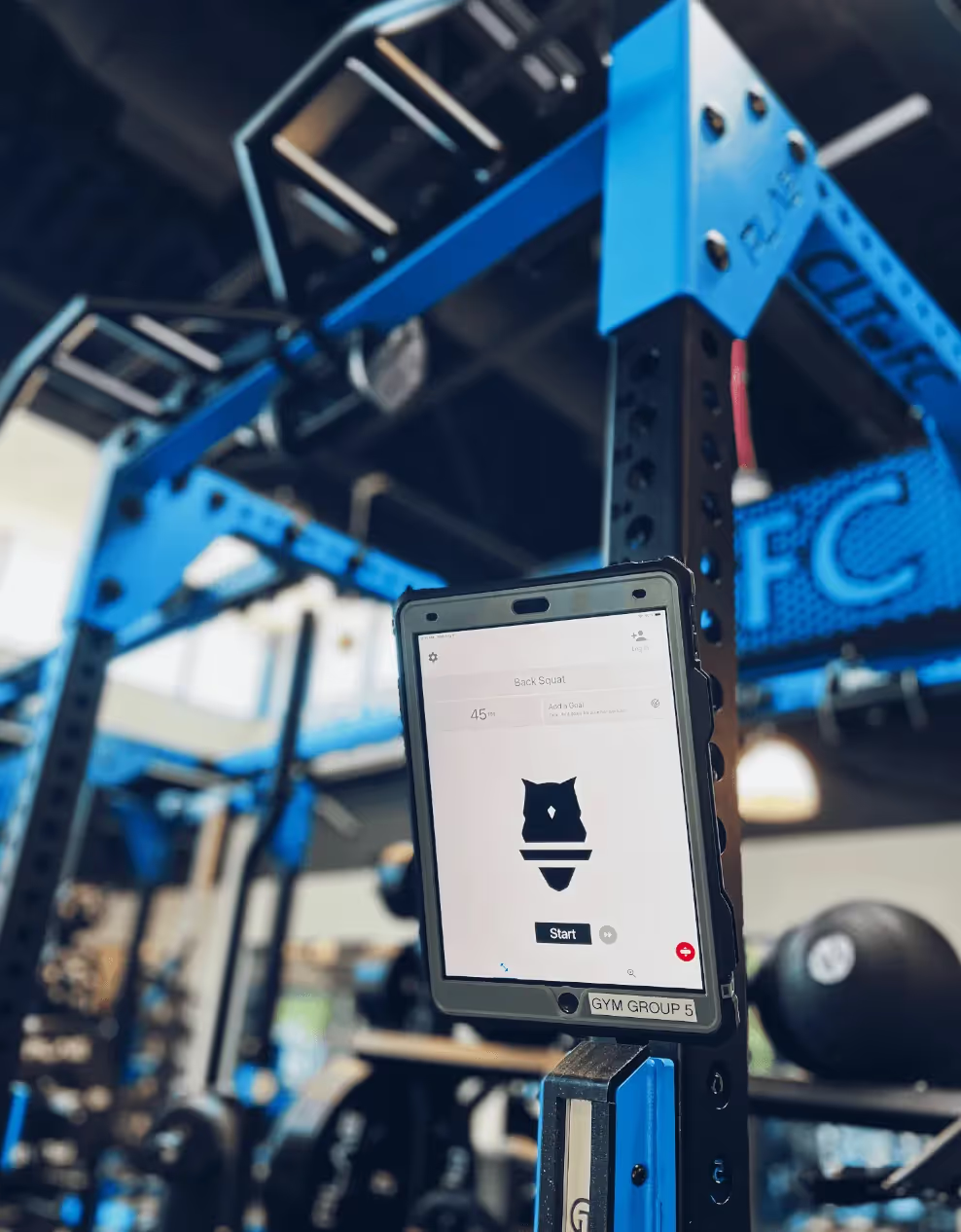







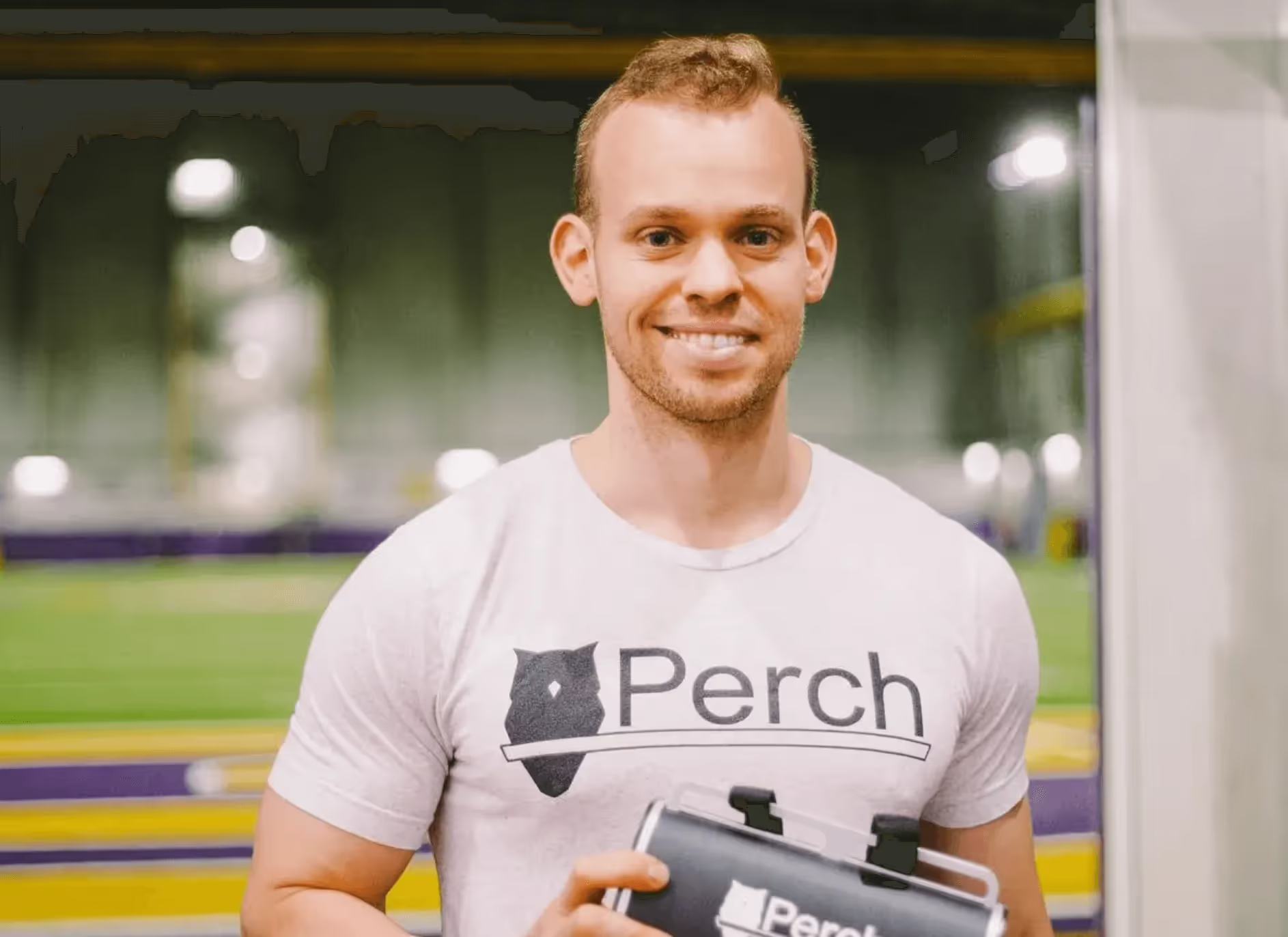


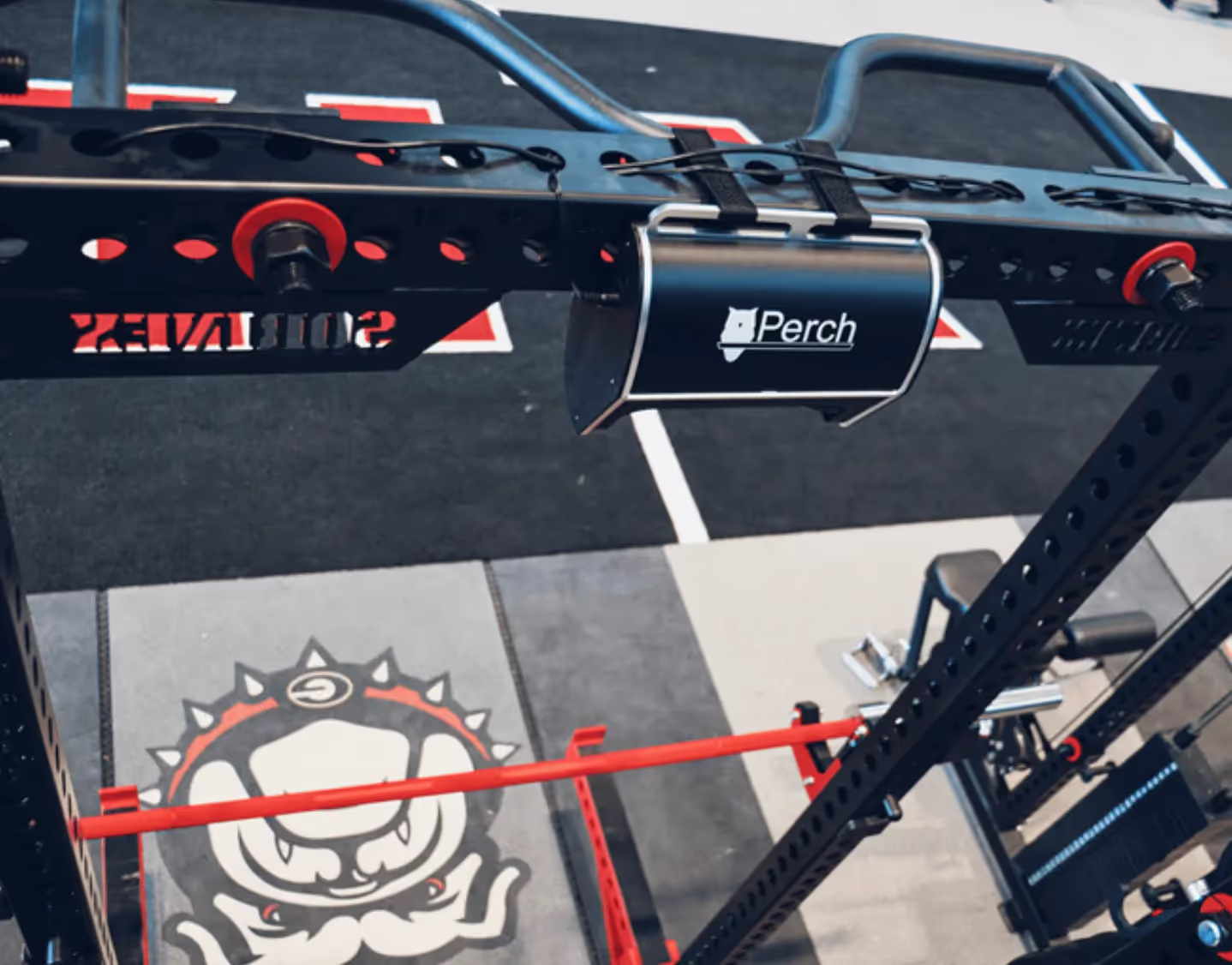


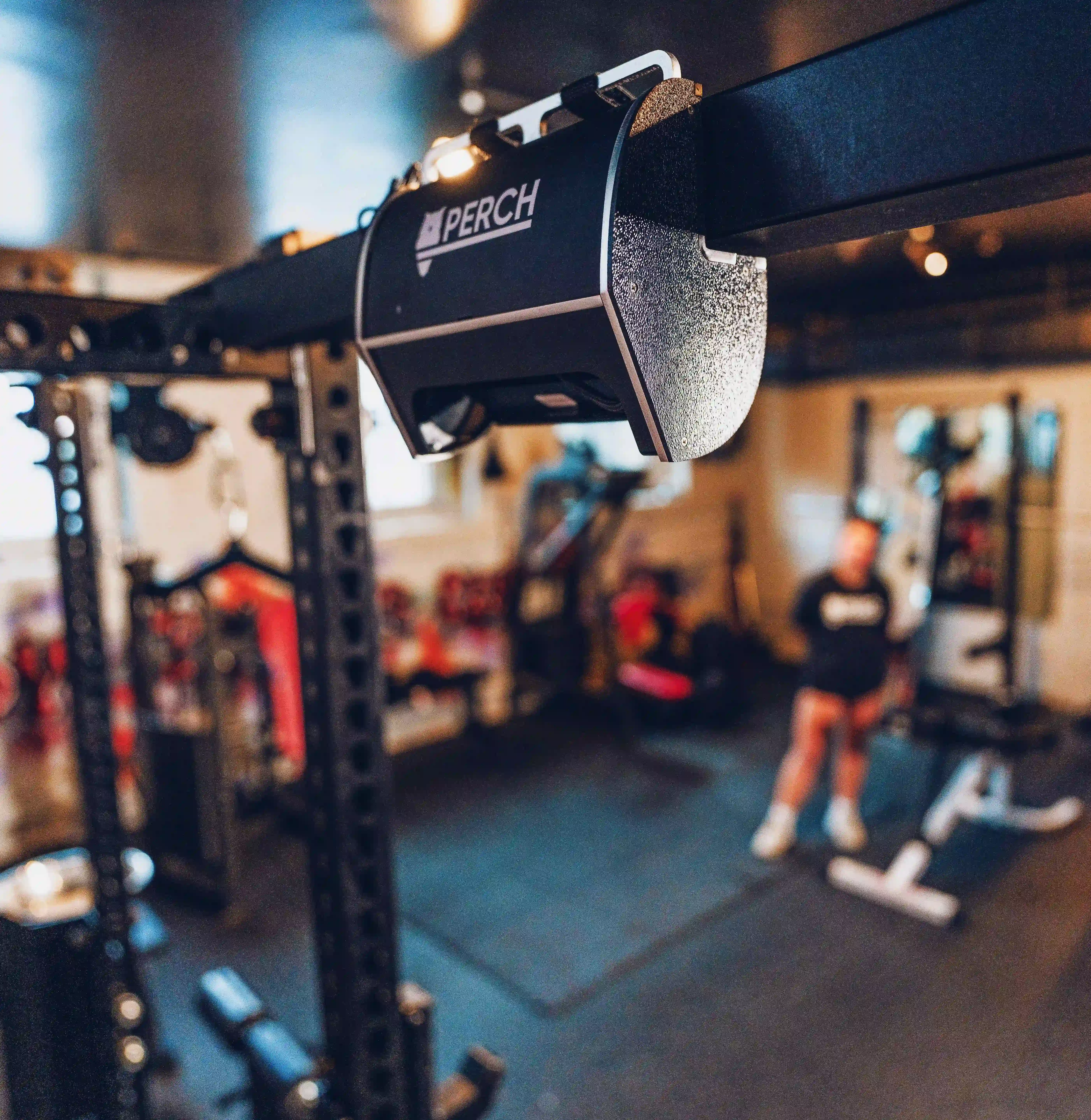
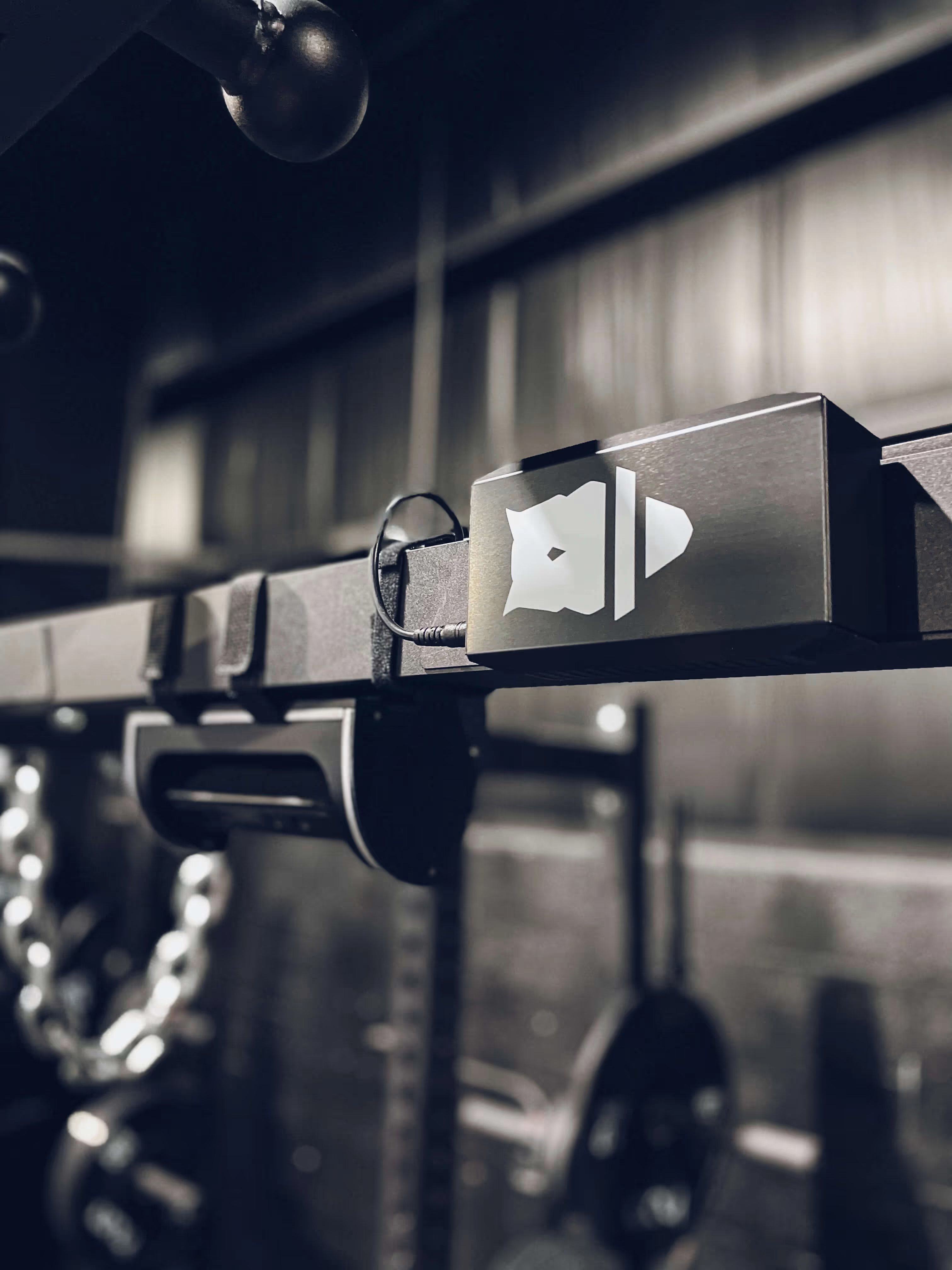

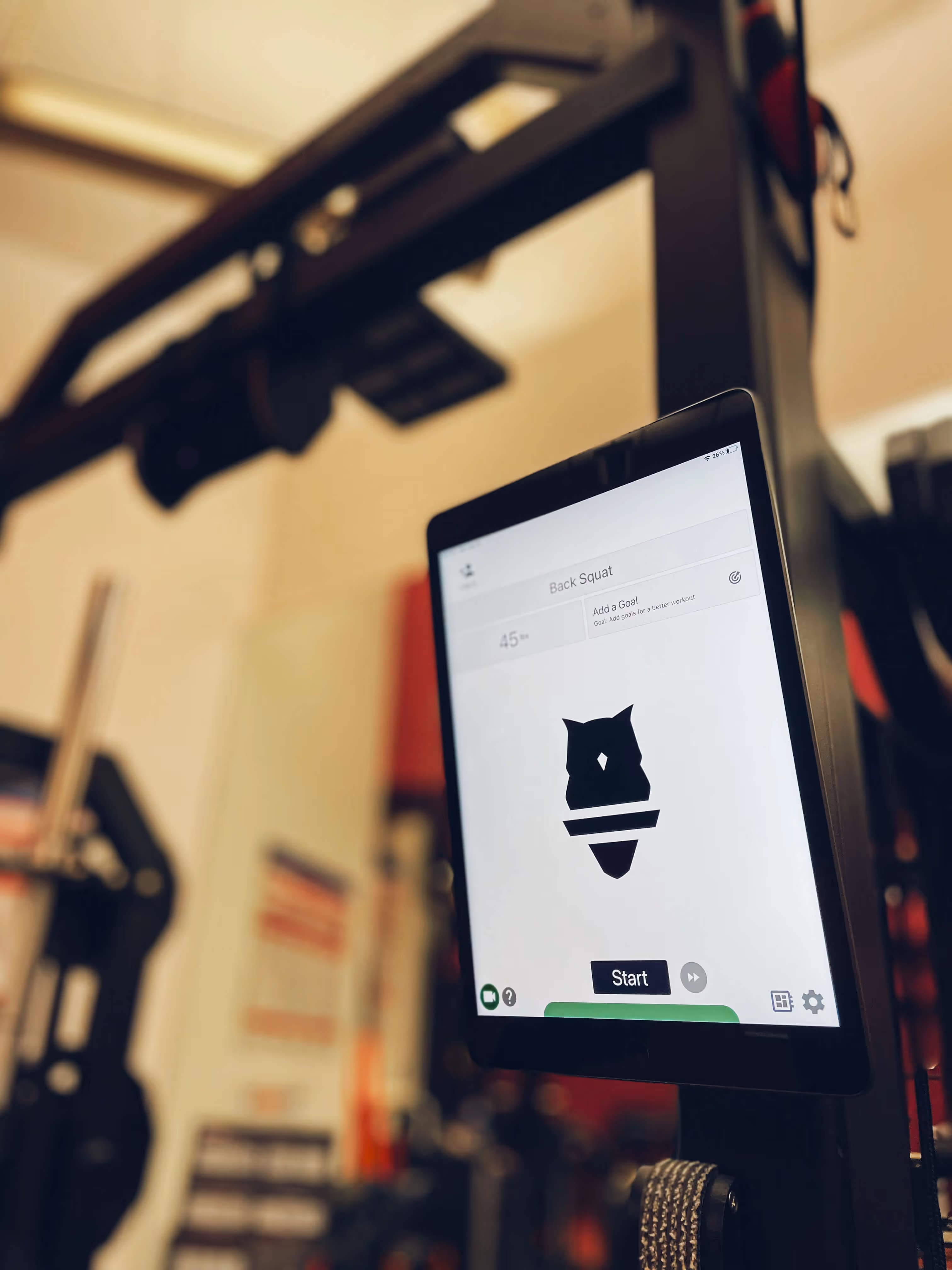

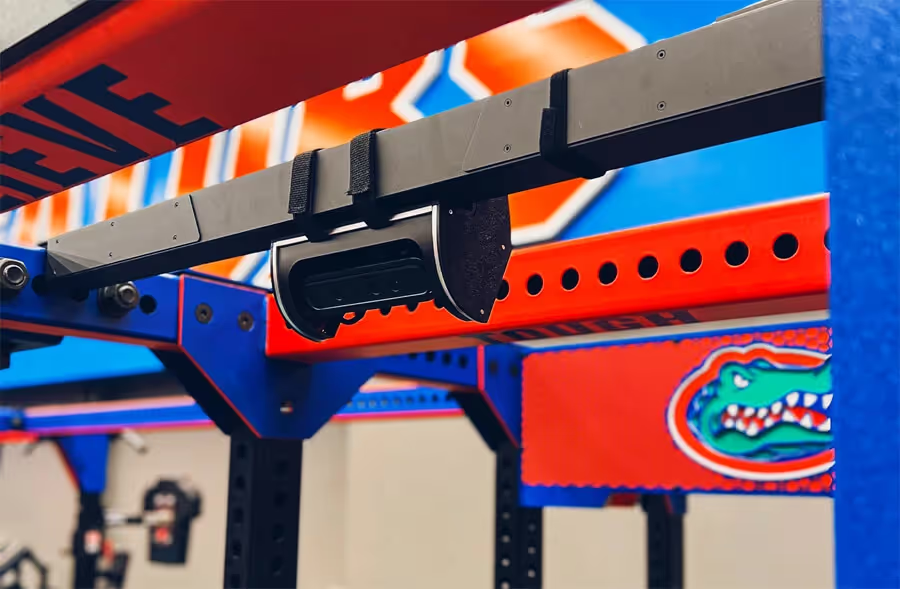
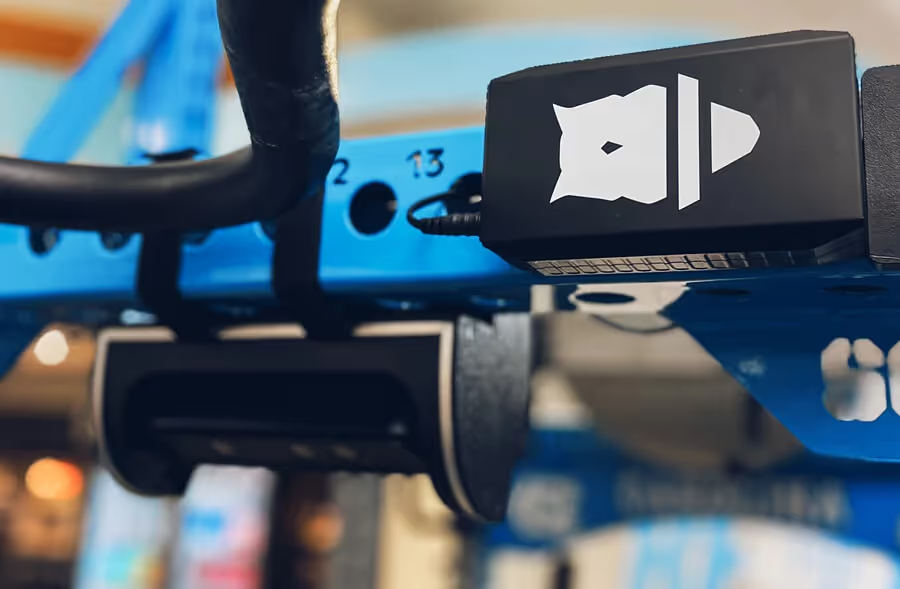
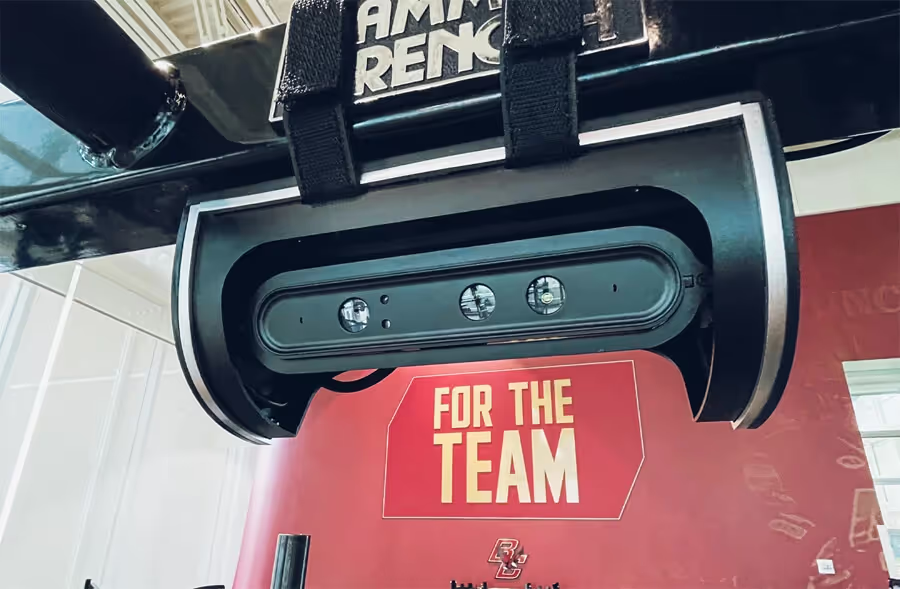
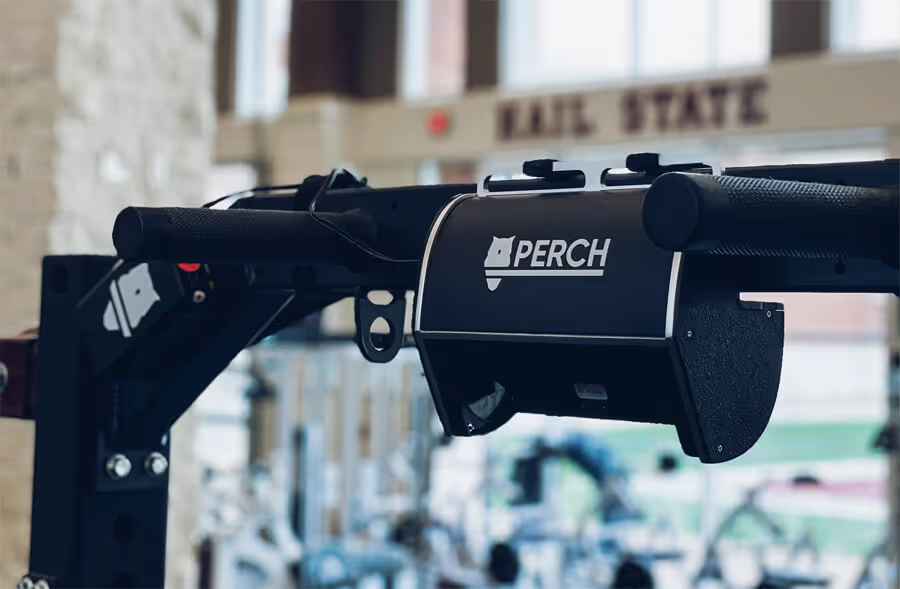



.avif)

